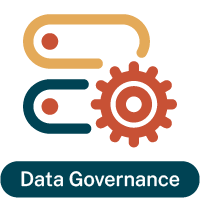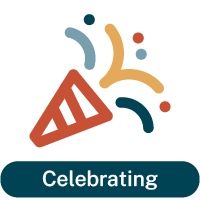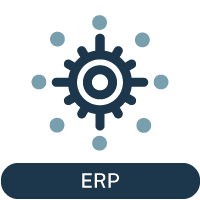Data governance without business need is just that … data governance
Many organizations struggle with finding the business value of data governance. Projects come and go with governance considered in Phase 2 or future iterations — if at all. And we have all seen how that goes. Phase 2 rarely comes to fruition as needs change and directions shift.
What if data governance were to happen to the organization without it realizing it? What if it started to infiltrate the organization’s way of doing business and started to see data in a different light? Imagine planting the governance seed, watching it organically grow and flourish, further spreading additional seeds.
When Data Governance Becomes Business as Usual
One way to bring the data governance from the back office and into the business areas is to make it a non-event that provides trust, reliability and efficiencies for the data consumers. Adjusting the perception that data governance is only an IT thing that happens in the background isn’t easy, but it can be achieved. It will be more than a shift in the business areas’ view; the DGO also needs to align its work with business needs and not just for the sake of governance.
Bringing the business stakeholders into the realm of data governance helps focus the governance efforts to ensure work being driven from within the DGO delivers meaning and value to the stakeholders and the organization. This, in turn, breeds a culture of trust and comfort with the DGO and establishes an integrated mindset and actionable communities around the need to protect and care for data appropriately.
How to Drive Organic Growth
Consider these focus areas to drive organic data governance.
Collaboration
- Start with stakeholder collaboration. Work with each business area to identify their information-related pain points.
- If several issues need to be remedied, prioritize them based on strategic alignment. Which ones will help drive greater success for each business area? Are there other initiatives happening within the organization that the DGO can leverage and piggyback on?
- Make every effort to center on the business areas’ needs and expectations, not the DGO’s.
Goal-setting
- Talk with stakeholders to get a true understanding of their vision. What is their utopia? Use this to start framing the end goal.
- As the stakeholders set their vision, they may not know how data governance fits into that solution. Bring that to the conversation and work their vision into the overall solution. Before you know it, they’ll be active participants in governance and won’t realize they jumped on board.
Focus
- Dreaming about what’s possible is a great conversation-starter — but it becomes imperative to eventually get to the point of framing the vision into the construct of a user story. For example, “As a [role], I want to [be able to do something] so that I can [the end-goal capability].” Framing this narrows the scope and brings it into something measurable and achievable. (Don’t lose sight of the conceptual utopia; use it to continue to guide the work going forward.)
Accountability
- Utilizing a focused user story forces some important decisions and boundaries. It defines the owners, and the stakeholder brings themselves into the effort. They define the needs and own the overall success.
- User stories also start to frame capabilities that need to be created or nurtured for additional growth. Owners of these functional areas need to be engaged and committed to contributing to the overall success, as well.
- In the end, roles and responsibilities will be identified and a community will begin to form around the effort’s success. And, voila — data governance is fitting into the culture, stewardship is engaging, and governance committees are forming.
Co-design
- The stakeholder writes the user story, and they own what that means; however, they do not define how it is achieved. They may have ideas and suggestions, but in the end, it is a collaborative effort between all supporting and functional areas to design a solution that meets the stakeholder’s goal and is maintainable going forward.
- And again, incorporate governance and its bonus value-adds.
Measurement
- As capabilities are identified that need to be enabled, these can be measured as progress is made toward them. These result in progress metrics that can be reported to stakeholders.
- The user story defines the end goal and using it to guide your effort makes it possible to measure the overall success. Success measures can be expressed as impact metrics to show the overall impact to the business area versus the progress.
Ready, Set, Grow
As a data governance professional, your effort helps shape the relationships and collaboration needed to ensure data governance meets the business’ needs and strategic goals. The DGO will become a highly regarded enabler and trusted advisor when business areas approach any data effort. Treating data consumers as stakeholders builds trust and dependency and should increase future governance investments and strengthen engagement with the DGO.



